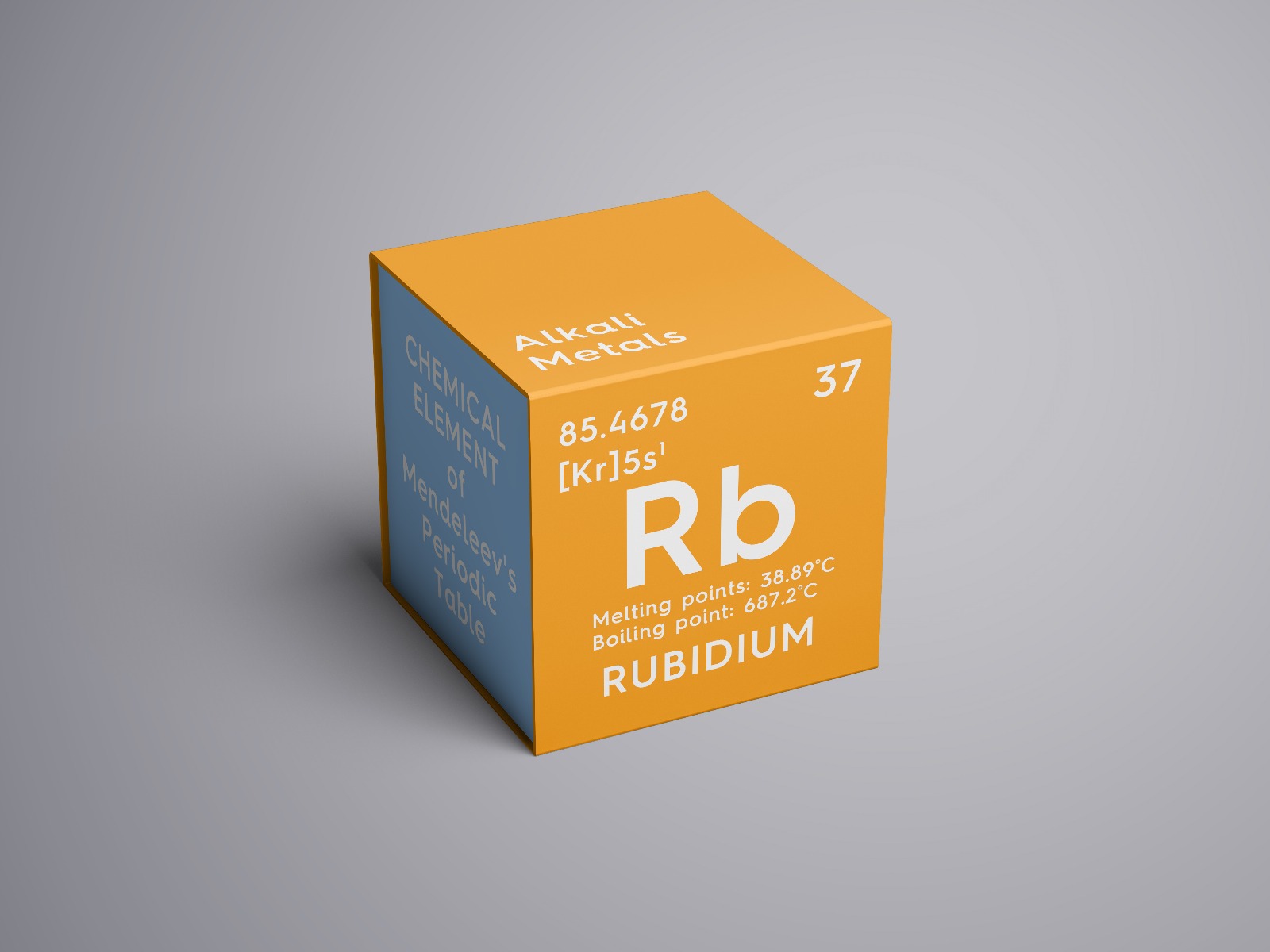Introduction
Rubidium isotopes, Rb-87 and Rb-85, are essential in various scientific and industrial fields due to their unique nuclear and chemical properties. These isotopes find applications in geochronology, quantum research, medical imaging, and advanced materials science, making them valuable for numerous technological advancements.
New Developments in Rubidium Isotope Applications
Recent advancements in technology have led to new and innovative uses for rubidium isotopes, expanding their role beyond traditional applications. Researchers are exploring novel ways to harness the unique properties of Rb-87 and Rb-85 in emerging scientific and industrial fields:
- Quantum Communication and Cryptography – Rb-85 is being investigated for its role in secure quantum communication networks, utilizing entangled atomic states to enhance data security.
- Next-Generation Atomic Sensors – Both isotopes are integral to the development of ultra-sensitive atomic sensors capable of detecting minute gravitational variations, with potential applications in geophysics and defense.
- Advanced Medical Diagnostics – Rubidium-based radiotracers are being refined for improved cardiac imaging and potential use in neuroimaging to study brain function and disorders.
- Space Exploration Technologies – The stable and predictable atomic transitions of Rb-85 are aiding in the development of highly accurate timekeeping systems for deep-space navigation.
- Atomic Clocks and Precision Timekeeping – Rb-87 and Rb-85 are key elements in rubidium atomic clocks, which rely on their hyperfine transition frequencies to provide highly accurate time measurements for GPS systems, telecommunications, and scientific research.
Characteristics of Rubidium Isotopes in Atomic Clocks
- Hyperfine Transition Frequencies – Rb-85 and Rb-87 exhibit precise hyperfine transitions in their electron energy states, making them ideal for highly stable timekeeping.
- Long-Term Stability – The isotopes’ atomic transitions provide a consistent frequency reference, ensuring accuracy in global positioning and telecommunications.
- Compact and Efficient – Rubidium atomic clocks are smaller and consume less power than cesium-based clocks, making them suitable for satellite navigation and mobile applications.
Chemical Applications of Rubidium Isotopes
Beyond their nuclear characteristics, rubidium isotopes exhibit unique chemical behavior, making them useful in multiple industries:
- Catalysis in Chemical Reactions – Rubidium compounds, such as rubidium carbonate (Rb₂CO₃) and rubidium chloride (RbCl), enhance the optical properties and durability of glass and ceramics.
- Biomedical and Pharmaceutical Research – Rubidium ions mimic potassium ions in biological systems, aiding studies on cellular transport mechanisms, neurological function, and cardiac imaging.
- Semiconductor Industry – Rb-85 is employed in vapor deposition processes to improve thin-film coatings in high-tech electronics, including laser technology and photoelectric sensors.
- Electrochemical Energy Storage – Rubidium salts contribute to ion-exchange materials and battery technologies, supporting advancements in energy storage.
Applications
- Geochronology – Rb-87 is crucial for radiometric dating, allowing scientists to determine the age of geological formations.
- Atomic Clocks – Rb-85 is a key component in highly precise atomic clocks, critical for GPS systems and other time-sensitive applications.
- Quantum Research – Rb-85 plays a role in quantum computing and atomic physics, contributing to studies on atomic interactions and quantum behavior.
- Medical Imaging – Rubidium isotopes are being explored for use in radiopharmaceuticals for cardiac imaging and diagnostic applications.
Where to Buy Rubidium Isotopes
Purchasing high-purity rubidium isotopes is crucial for research and industrial applications. Companies like AMT Ventures supply isotopically enriched Rb-87 and Rb-85 for various scientific needs. When acquiring rubidium isotopes, key considerations include:
- Purity – Ensuring high isotopic purity for accurate scientific results.
- Form – Available in metallic, oxide, or other forms, depending on specific applications.
- Shipping Regulations – Compliance with specialized handling and transport requirements.
Future Outlook
As demand for precision measurement, quantum computing, and medical imaging grows, Rb-87 and Rb-85 will continue to see expanding applications. Advances in atomic physics, nanotechnology, and materials science will further drive innovations, solidifying rubidium isotopes’ role in future technological breakthroughs.

